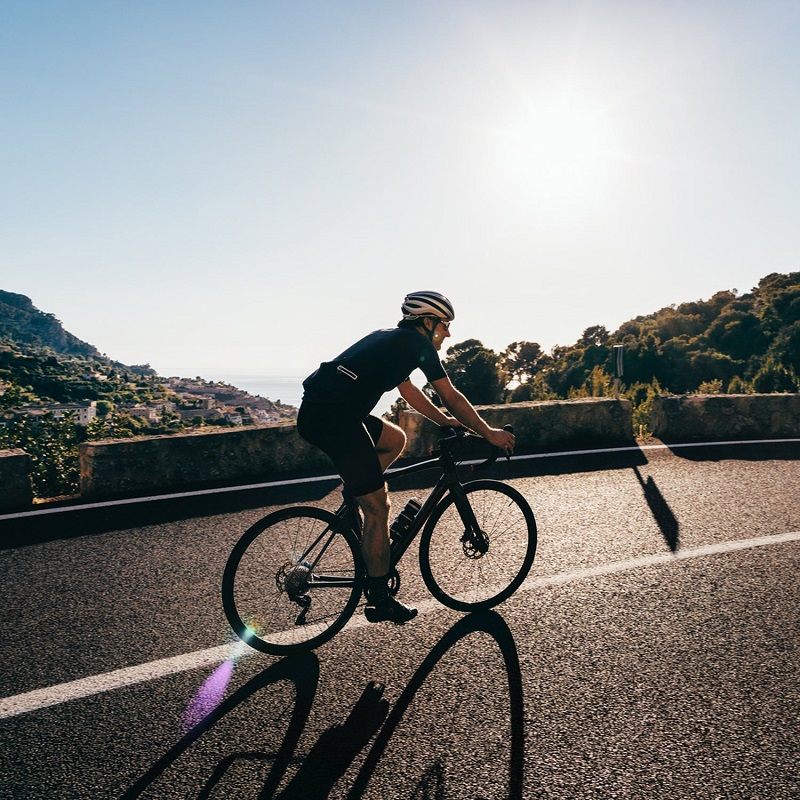Cycling can be one of the most rewarding activities, allowing you to enjoy the great outdoors while getting some exercise. However, as you explore the thrilling world of road biking, it’s crucial to know how to ride a road bike effectively to avoid accidents. Most importantly, with April Fools’ Day right around the corner, it’s a good idea to learn how to recognize and sidestep potential traps—both on the road and within your cycling routine!
In this article, we’ll discuss essential tips for riding a road bike while keeping the spirit of Fools’ Day in mind. You’ll learn practical techniques to enhance your road biking experience, and by the end, you’ll be prepared to tackle your next outdoor adventure without falling for any tricks.
The Basic Setup: Choosing the Right Bike
Selecting Your Road Bike
Before you learn how to ride a road bike, you must choose the right one. Not all bikes are created equal, and selecting the perfect bike can help ensure a more enjoyable ride.
- Frame Size: First, make sure to choose one that fits your size. A bike that is too large or too small can lead to discomfort and unsafe riding conditions. For an optimal fit, consult with a bike specialist who can help you determine which size is best for your body type.
- Components: Next, consider the bike’s components. Higher quality gears, tires, and brakes can dramatically improve your riding experience. They allow you to navigate steep hills and smooth roads more effectively. It’s advisable to invest in a quality bike since it will pay off in performance and safety.
Fun Fact About April Fools’ Day
On April Fools’ Day, it’s common to find fake bike sales and misleading advertisements. Be wary of deals that seem too good to be true, and use this time to research legitimate retailers instead. Always prioritize quality over gimmicks, especially on a day when jokes and pranks are rampant.
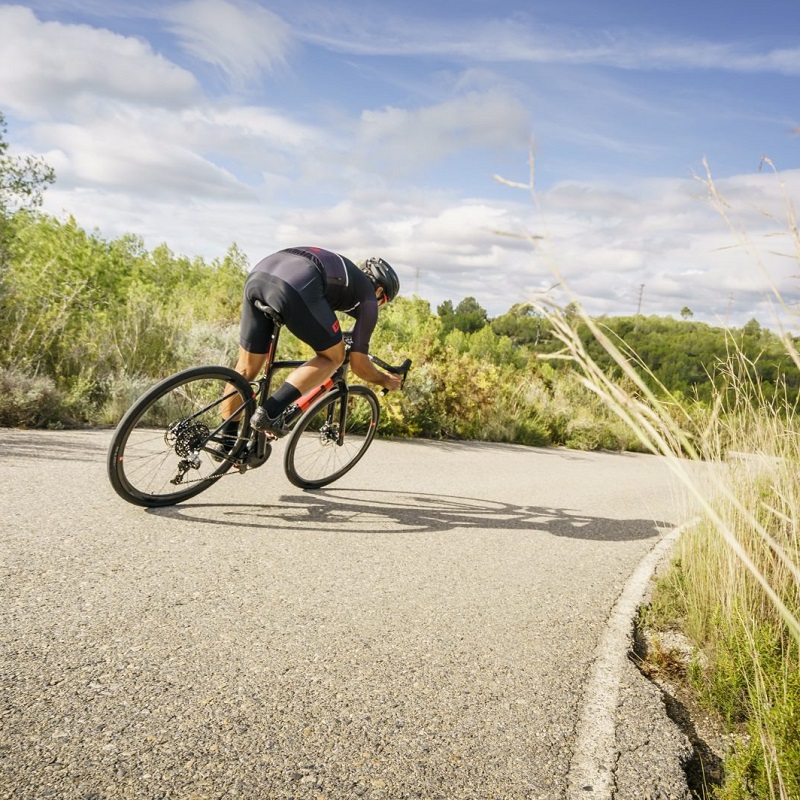
Essential Gear for Safe Riding
Protective Equipment
When learning how to ride a road bike, safety should be your top priority. Investing in the right gear can make all the difference in having a safe and enjoyable ride.
- Helmet: Always wear a well-fitting helmet. This crucial piece of equipment protects your most vital asset—in case of a fall or accident, it can be the difference between a scrape and a serious injury. Choose a helmet that meets safety standards and fits snugly.
- Visibility Gear: Additionally, wearing bright or reflective clothing will enhance your visibility to drivers, especially during early morning or late evening rides. It’s crucial to be seen, particularly on busy roads.
Other Useful Accessories
- Gloves: Wearing cycling gloves can improve your grip on the handlebars. They provide padding, which can be beneficial for long rides. The added grip can also help prevent blisters, making your riding experience more comfortable.
- Bike Lights: Moreover, installing front and rear lights is essential for evening rides. They alert other road users of your presence. This is especially important during dusk or in poor visibility conditions.
Developing Proper Riding Techniques
How to Maintain Balance
As you delve deeper into how to ride a road bike, mastering balance is key. Learning techniques that foster balance can mitigate the risk of falling.
- Posture: Begin by maintaining a correct riding posture. Keeping your back straight, arms relaxed, and hands on the handlebars will not only improve your balance but also make it easier for you to maneuver. A slight bend in your elbows will help absorb shocks from bumpy terrain.
- Look Ahead: It’s essential to keep your gaze focused ahead rather than looking down. Looking forward allows you to anticipate road conditions and obstacles, reducing the chance of falling. Always keep your head up and scan the road ahead like a skilled navigator.
Mastering Turns
- Lean into Turns: When making a turn, lean your bike thoughtfully into the direction you are turning. This technique maintains balance and helps with control. A well-timed lean can make a significant difference in your ability to handle sharp corners.
- Slow Down: Always remember to slow down when approaching a turn. This practice not only helps maintain better control but also prevents skidding, particularly on slick surfaces.
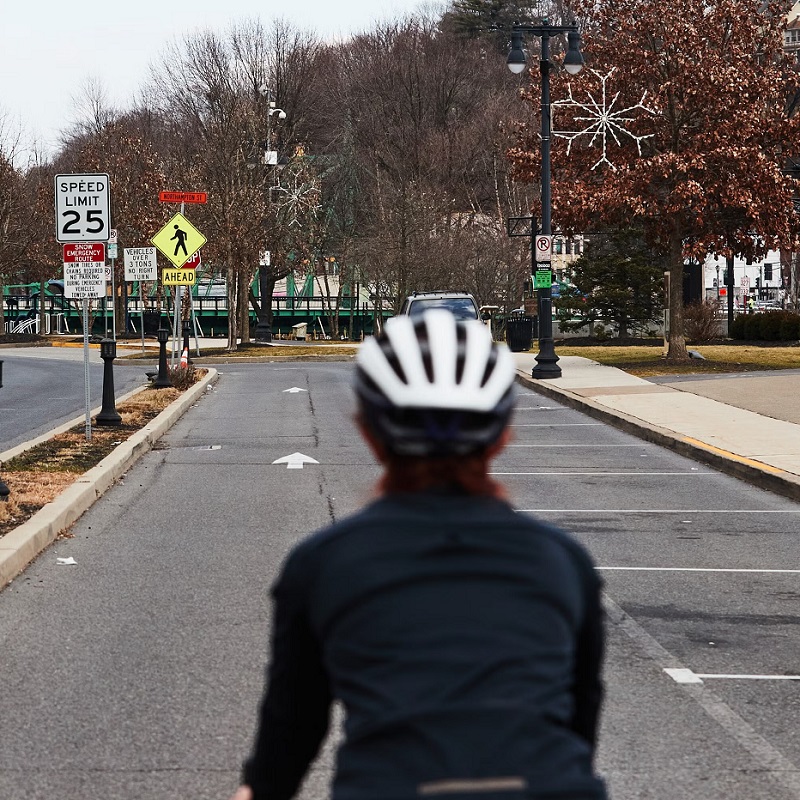
Understanding Road Conditions
Types of Surfaces
Different road surfaces can affect your bike’s performance, so it’s crucial to be aware of them when you ride.
- Smooth Pavement: Riding on smooth asphalt poses fewer risks. However, always remain vigilant for potholes or debris that could lead to accidents. As the saying goes, “an ounce of prevention is worth a pound of cure,” and being alert can save you from potential mishaps.
- Uneven Surfaces: On uneven or gravel roads, lower your speed and avoid sudden maneuvers. Uneven surfaces demand greater caution as they can result in losing control more easily. By adjusting your riding style, you can tackle such terrains with confidence.
Weather Considerations
- Wet Conditions: Rainy weather can lead to slippery surfaces. Always reduce your speed and enhance your stopping distance in wet conditions. Give yourself ample room to brake, since stopping distances can double on slick roads.
- Windy Conditions: Finally, strong winds can also threaten your balance. In windy situations, maintain a firm grip on the handlebars and be mindful of gusts that could affect your trajectory. Positioning your body can help you cut through wind more effectively.
Staying Hydrated and Energized
Importance of Hydration
Cycling can be exhausting, especially on hot days. Therefore, staying hydrated is crucial for a safe and enjoyable ride.
- Drink Before You’re Thirsty: It’s a good habit to drink water regularly, even if you don’t feel thirsty. Dehydration can lead to fatigue, impairing your riding performance. A satisfied body is key to peak performance.
Nutrition Matters
- Snacks: Carry energy snacks, such as trail mix or protein bars. These snacks can fuel your ride while keeping your energy levels stable. Keep neutral snacks handy to curb any unforeseen energy dips while you’re out.
- Meal Timing: Additionally, planning your meals before and after your rides can make a significant difference. Eating properly helps you maintain energy levels and aids recovery after cycling, enabling you to hit the road again sooner.
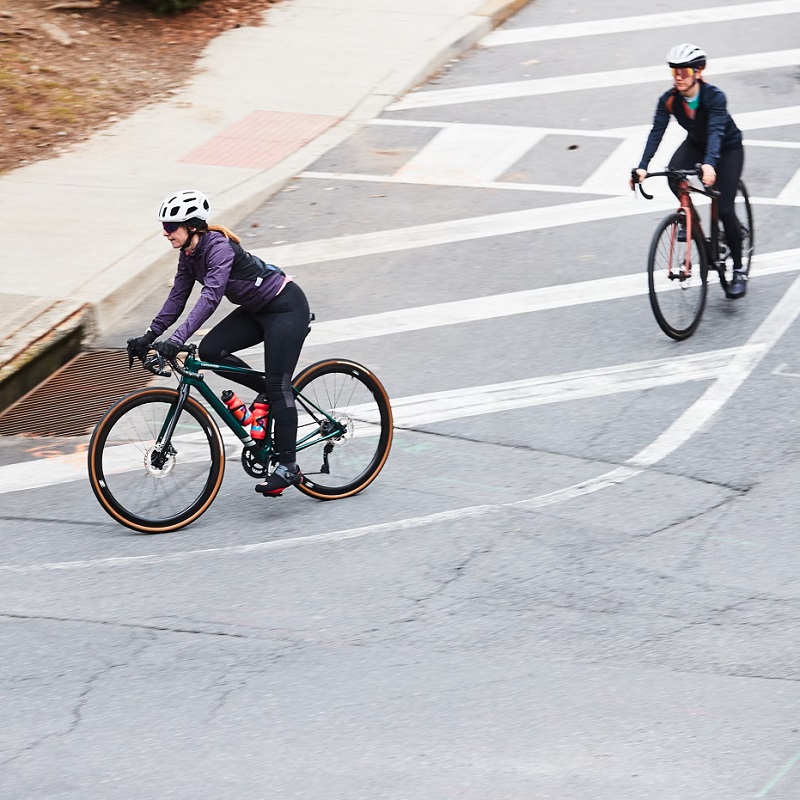
Learning Common Pitfalls: April Fools’ Day Edition
Recognizing Fools’ Day Practical Jokes
Every April Fools’ Day, it’s essential to remain vigilant. While learning how to ride a road bike, your path might be littered with pranks.
- Fake Road Signs: Watch out for fake road signs that might be posted as a prank on this lighthearted day. Whether they’re advertising imaginary deals or silly detours, these pranks can distract you from your planned route.
- Distracting Gimmicks: Additionally, some fellow cyclists or friends may use distractions to play a practical joke. Keep your focus on the road and ignore any antics that might divert your attention. Staying present is key to a safe ride.
Don’t Fall for Misleading Tips
- Beware of Fools’ Day Advice: On this day, you may come across exaggerated tips or clickbait articles claiming unconventional methods for riding a road bike. Remember, if it sounds foolish, it likely is! Stick to tried and tested techniques for the best results.
Sharing the Road Responsibly
Importance of Bicycle Etiquette
As you enhance your skills and learn how to ride a road bike, understanding bicycle etiquette becomes necessary.
- Respect the Rules of the Road: Always obey traffic laws, signs, and signals. Following the rules keeps you safe and sets a positive example for other road users. Respect is a two-way street, helping ensure a harmonious relationship between cyclists and motorists.
- Communicate with Hand Signals: When changing lanes or turning, use hand signals to indicate your intentions. This practice not only communicates your actions to drivers, but also fellow cyclists, ensuring everyone stays informed and safe.
Ride with Others
- Group Rides: Cycling with friends can enhance the experience and provide extra safety. Joining group rides helps to maintain better visibility on the road while allowing you to watch out for each other, acting as an informal buddy system.
- Drafting: Learn the art of drafting—riding closely behind another cyclist to reduce wind resistance. However, be mindful of the distance to maintain safety and communicate often. Change positions and lead as necessary to keep the ride engaging.
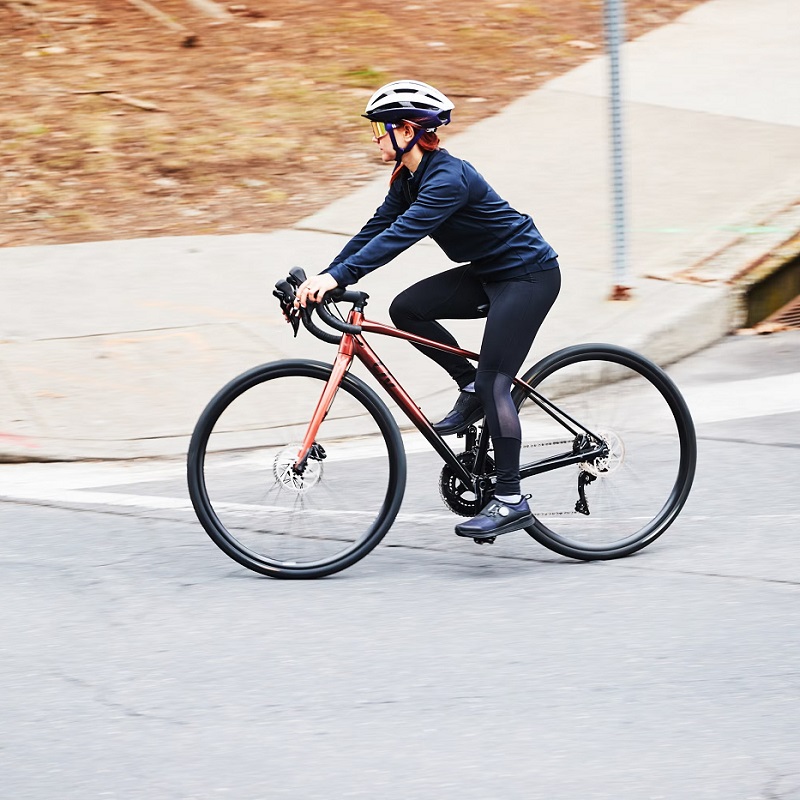
Final Tips for Safe Road Biking
Practice, Practice, Practice!
When it comes to cycling, practice makes perfect. The more you ride, the more confident and skilled you will become.
- Gradually Increase Distance: Begin with short rides and gradually increase your distance over time. Challenge yourself to ride longer as your stamina improves. This method helps you build endurance without overwhelming yourself.
- Explore Different Terrains: Venture onto different terrains and ride in various environments. This practice improves your abilities and prepares you for varied conditions, making you a more adaptable cyclist overall.
Reflect and Adjust
- Review Your Ride: After your rides, be sure to take a moment to reflect on your performance. Recognizing what worked and what didn’t will help you improve for next time. It’s a method of self-assessment that pays dividends as you grow.
- Stay Open to Learning: Always remain open to learning from others. Whether through online resources, classes, or conversations with experienced cyclists, there’s always more to know. Embrace knowledge to keep your riding skills sharp.
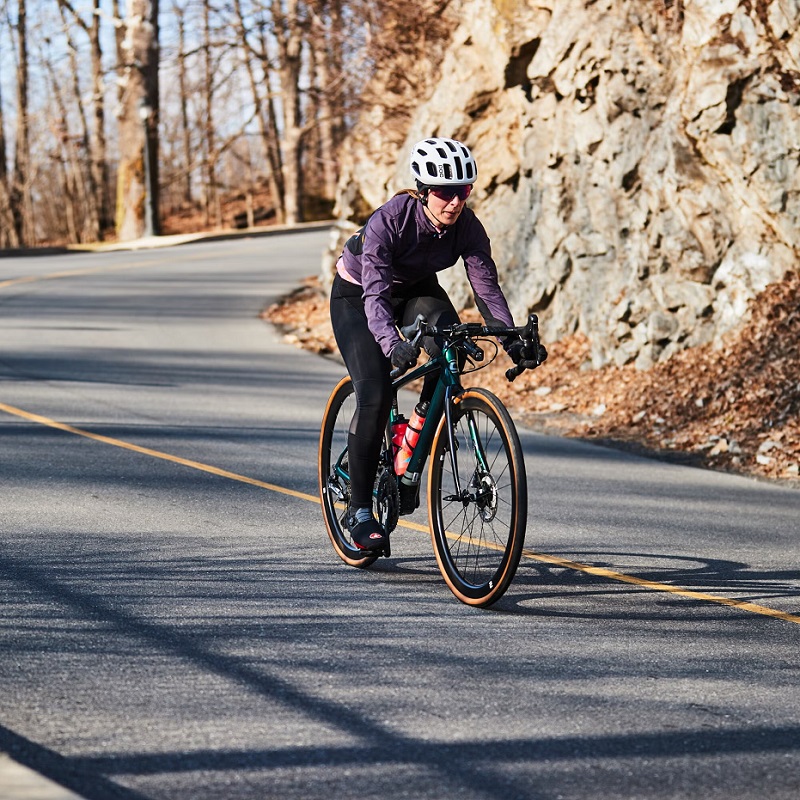
Conclusion: Conquer the Roads, Fool-Free!
In conclusion, knowing how to ride a road bike is essential for enjoying this exhilarating sport while staying safe. On April Fools’ Day, it’s vital to remain aware of potential traps—both in cycling techniques and distractions. By following the tips in this guide, you’ll become a more confident and skilled cyclist.
Embrace the spirit of adventure while biking! Remember to choose the right gear, practice good riding techniques, and stay alert to your surroundings. Most importantly, have fun! By applying these insights, you can navigate the roads without falling for any foolish traps.
So gear up, stay safe, and enjoy the thrill of cycling while keeping an eye out for those crafty April Fools’ pranks that may try to trip you up!
